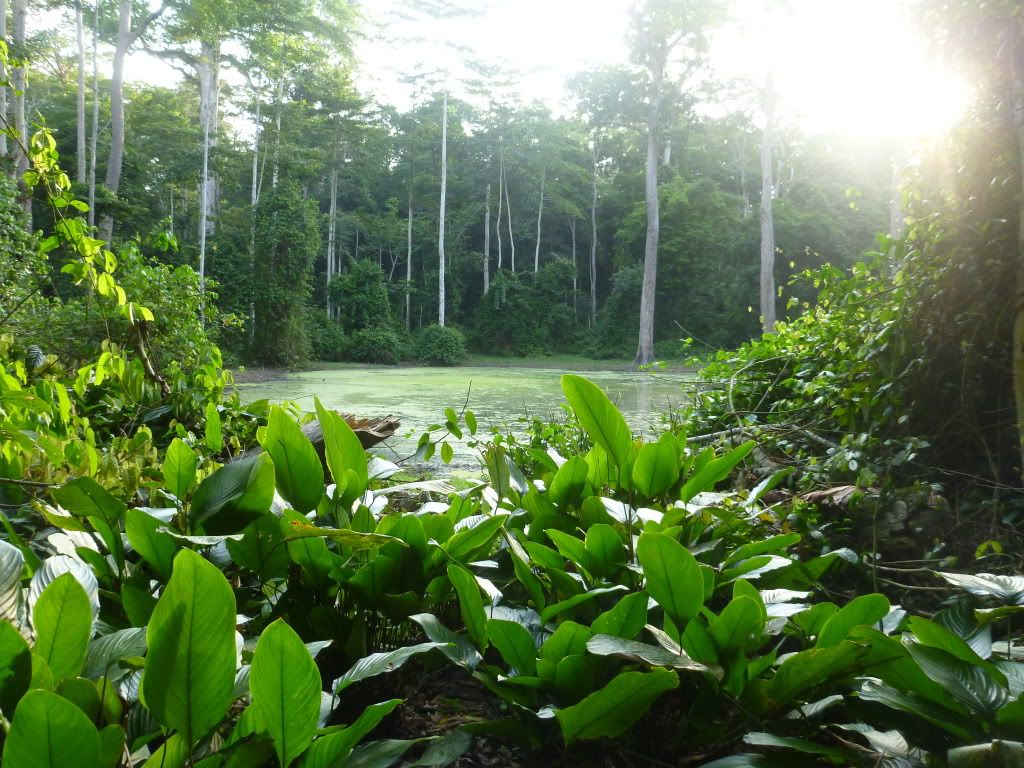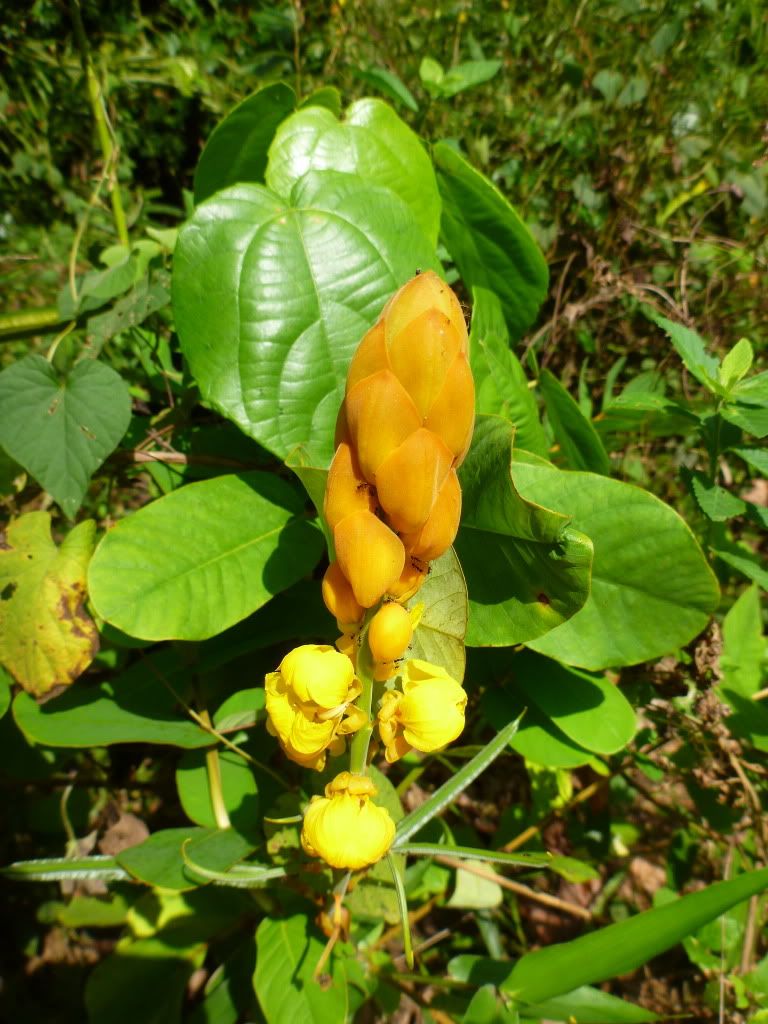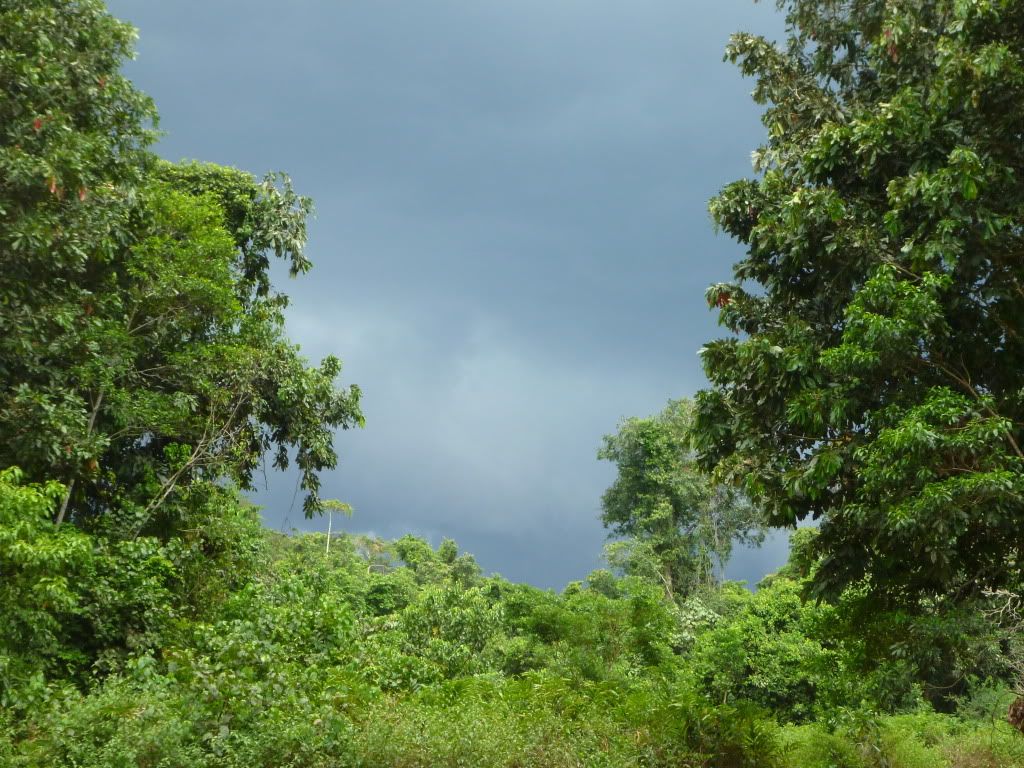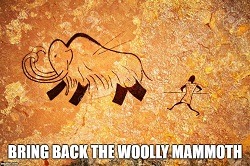18 June 2012, 11:59
jhaneyBongo in the Congo - Congo Safaris (new photos added - p.1)
I could hardly believe I was really in the deepest darkest Congo, but was instantly convinced as we were very slowly driving through the “green tunnel” when a 600 lb. bull gorilla charged from the bush, his face three feet away as he made a grab for one of the guys in the back of the truck ( I was one of those guys!). It was several minutes for me to fully grasp that this wasn’t Hollywood special effects and this really happened! 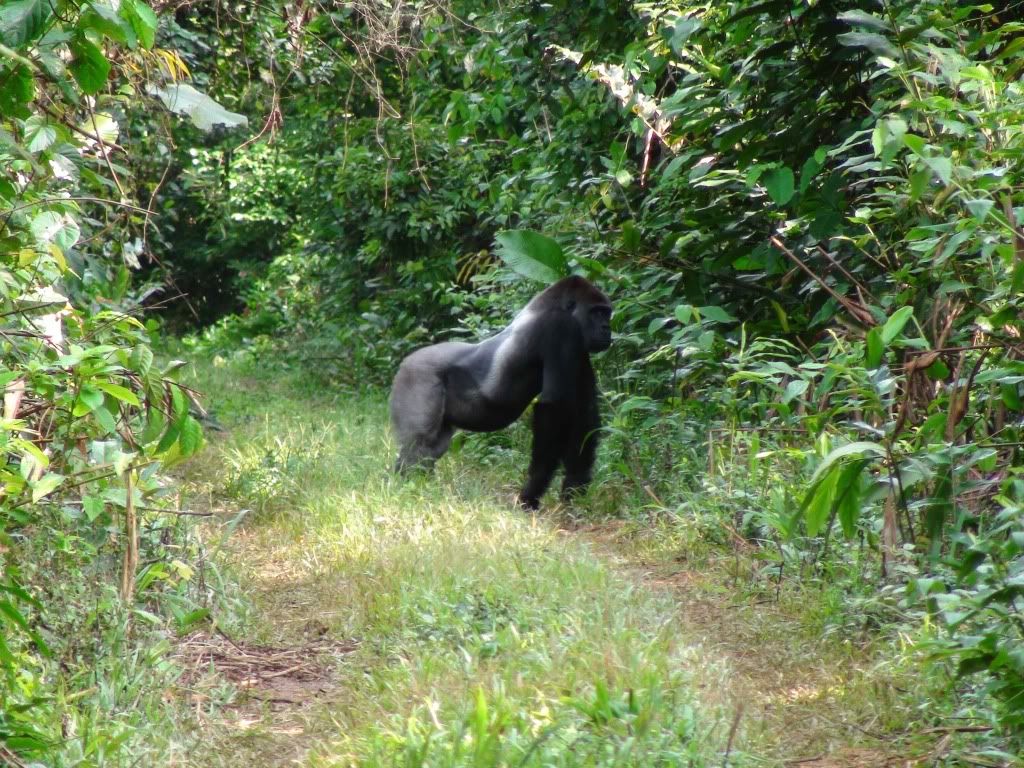
The story begins thousands of miles away in my home in Whitehorse, Yukon. Months of planning, some on-again-off-again, and then the final preparations. Getting to the Congo was no “walk in the park”. Beginning with a 2 ½ hour flight from Whitehorse to Vancouver then 10 hours on to Frankfurt, over to Paris overnight, then on to Brazzaville, Congo. I was met there by a representative of Congo Safaris.
It is important to clarify which Congo this is. In Africa they refer to “Big Congo” and “Little Congo”. Big Congo is DRC often in the news for rebels, fighting and dangerous conditions. This is the Little Congo, or Republic of Congo, a large, stable country of only 3 million people with 3 principal cities: Brazzaville, Ouesso and Pt. Noir.
Overnight in Brazzaville, then another 600 mile flight to Ouesso at the Northern end of the country. Gert and Andre, the outfitters, met me at the plane. They looked as haggard as I felt after 3 days of travel. I knew this was going to be a tough hunt. I had to plan my itinerary carefully, as there is only one flight from Brazzaville to Ouesso on Thursday and Sunday and the same return.
My journey was not yet complete. The hunting area is located across the river from Ouesso, so we boarded a small boat with gear and supplies and crossed the river to the waiting 4x4 pick up. Night was approaching and our first rare rain began to fall complete with a spectacular lightning display. The two hour drive with the last 20km through a green tunnel, so dense that it required re-cutting every 3 weeks. We then crossed a small hand-built bridge and immediately turned in to our camp. A pleasant surprise with a large clearing with huge trees and several block and metal roofed buildings. I got situated in my own cabin with adjacent flush-toilets, shower and sink and went for a quick supper to discuss strategy.
There are two hunting methods: 1) Quietly walk along elephant trails to bais (openings in the jungle some with water and some with salt) before daylight and again wait at these bais until after dark. 2) Drive the roads to look for fresh tracks. Once fresh tracks are located for the target species, one or two trackers begin work, followed by the PH or the hunter. In the right conditions waiting at these jungle openings can be very effective but for reasons discussed later, this was not very fruitful. I prefer to take the track of the animal and slowly stalk them through the jungle. This method can be very effective, but require frequent rains for the best tracking conditions.
A word about our tracker, Munyaka. Munyaka is a pygmy. When we asked him how old he was, he said he was 100, but I think it is closer to 60 which is 100 in pygmy years. It’s tough in the jungle! Wherever we went to a group of natives they all knew Munyaka and treated him with respect. It seems that in this part of the Congo, the Pygmy way of life is fading, and they all respect this “little man” with the knowledge of the Ancients.
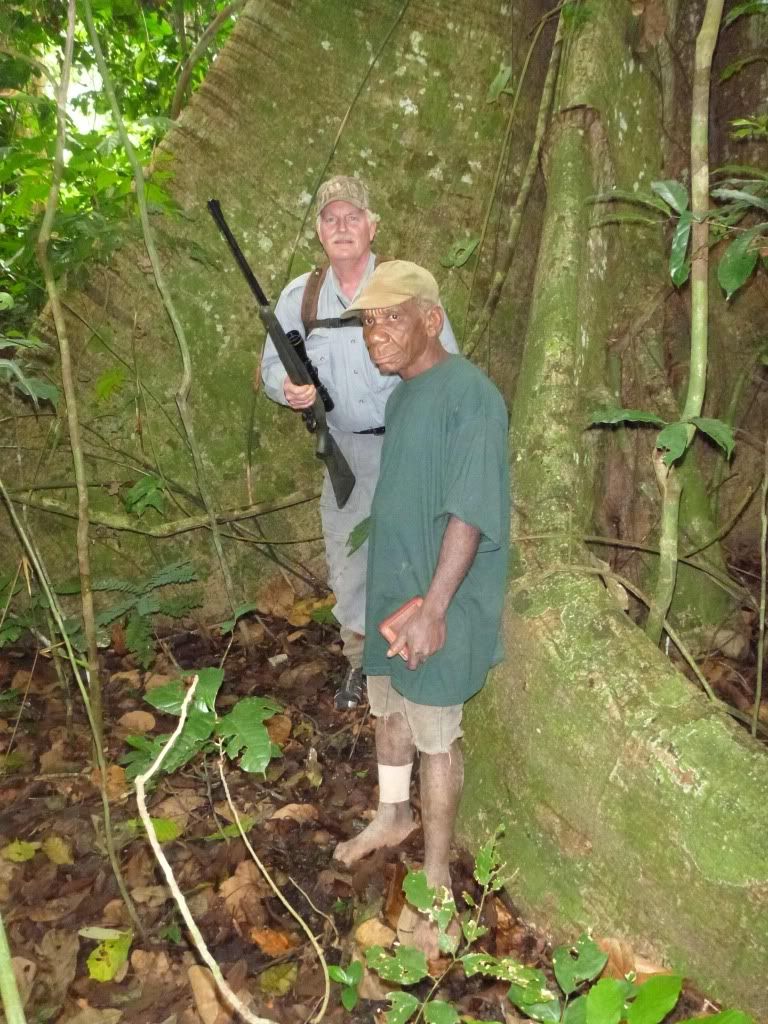
It was amazing while driving as much as 120km in a day, Munyaka would signal us to stop, and yet another elephant trail and bai would be revealed some distance from the road. It seemed that wherever we drove, and some of the roads are only weeks old, Munyaka would know where to find the bais. He knew the openings where animals would come for water, or salt, or sunshine and relief of insects from a time before roads. We were talking about an area 50 miles by 50 miles with jungles so thick, travel is only possible on elephant trails. Somehow Munyaka had a photographic memory of not only where these openings were, but how to get to them from any direction.
The outfitter had built “miradors” or “machans”, elevated platforms, at a few of the most active bais, but again we were hampered by the bright moonlight each night. I could not have planned it worse: Half the safari before full moon and half afterwards. The numerous trail cameras indicated trophy size animals of all the species we were hunting, but in the middle of the night. The trail cam pictures were amazing; three different yellow-back duikers in different locations showing horns so long, they didn’t look natural. Animals so old they had ribs and hip bones showing indicating this was an area where animals die of old age and are not killed by predators or poaching. The pictures showed elephant, bongo, duikers, bush pigs, red river hogs, Giant Forest Hogs; many with great trophies.
Hunting continued for four days using both Stand and Stalking methods always seeing fresh tracks and occasionally sighting game, including Elephant, Bongo, Buffalo, Yellow Back Duiker, blue, Bates and Bay Duikers and even a Sitatunga from the little bridge next to camp. Several sightings of gorillas, family groups and silver backs including the terrifying attack mentioned at the beginning of this story.
The problem was the full moon and little rain. On the fourth evening clouds began to form suddenly, lightning and torrential rain, finally! Everyone was excited, especially Munyaka, about the prospect of the morning. We left very early, at 3:30am, to reach an area far from camp that had revealed several bull Bongo tracks in days previous. It wasn’t long before we found “ultra” fresh tracks of a promising bull bongo. You can tell a female from a bull bongo track, by the fact that the female’s hind feet prints on top of the front when walking. We parked the truck a few hundred yards away from the tracks and back-tracked from where they entered the jungle. The tracking is painfully slow as any noise will alert the hyper-alert Bongo. Moving ever so slowly cutting through the vines silently with garden sheers we approach a very small opening in the jungle. We eventually made out the partially-obscured outline of our Bongo. The PH made sure of the sex as I readied for the shot. Finally Andre said, “Bull – Shoot!” It was hardly out of his mouth when I pulled the trigger. The Bongo dropped instantly – almost too fast! – so I quickly placed a finishing shot through the heart. Even before the second shot from my .375, Munyaka broke out in the familiar victory song of the Pygmies. It didn’t seem real, it happened so fast I felt like I was watching a hunting video, but it was real. I had taken my Bongo! As we approached, the Bongo got bigger and bigger. He was very old with massive horns that not only white tips but bases as well from years of breaking trees and digging for salt. The horns were more lyre shaped than most. Similar to females which caused the moment of hesitation on the part of the PH. Everyone was rejoicing as this was a great accomplishment indeed (with our without dogs!).
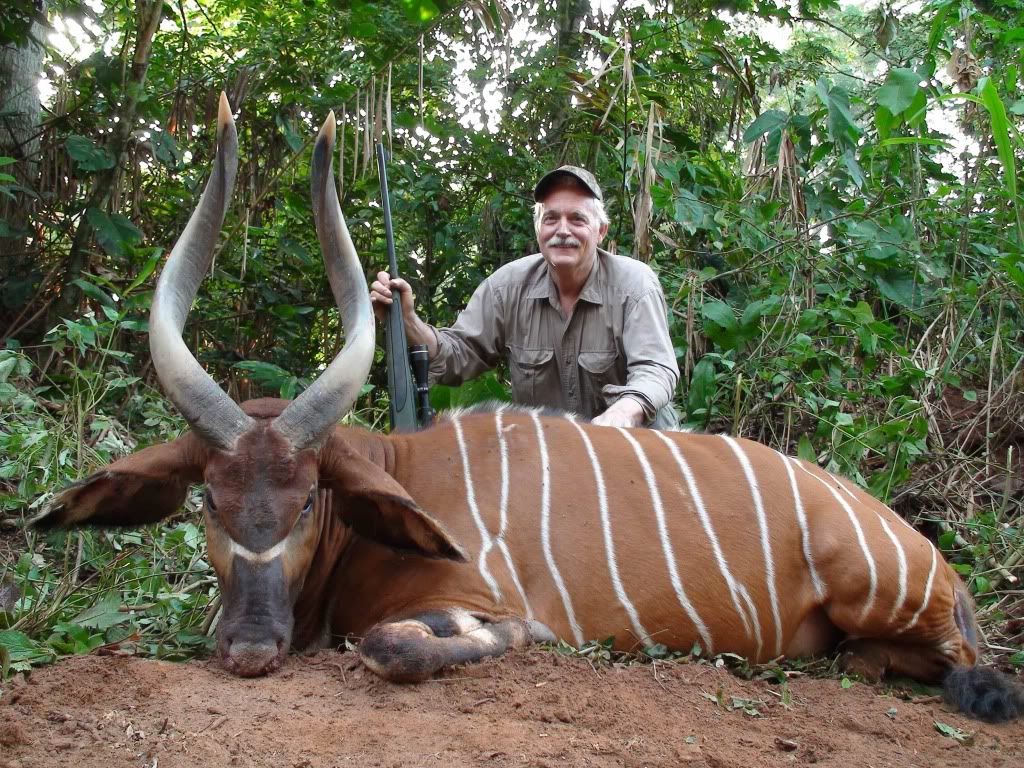
The Bongo is a very powerful spiritual force in the jungle and the taking of one of these prizes has great significance, of course to the hunter, but also to the Native people. There are many superstitions about the Bongo. One Native in camp had a very young baby at home and could not touch or even look at the bongo fearing some harm befalling his baby. The PH and I were able to take the full skin for a life-sized mount (to me no other form of taxidermy gives this majestic animal it’s proper respect and recognition). We then cut trail and with the help of the others began packing the trophy and meat to the road. The Bongo stands less than 4 feet at the withers ,but I would estimate that the animal weighed in excess of 700lbs. We soon had the Bongo back to camp where further celebrations continued as this was the first bongo taken by a professionally guided hunter in over 12 years!

The meat of the Bongo is a very rich, dark red. We had some of the tenderloins for supper that night. The steaks were delicious; clearly antelope but not specifically Bongo. Later we had other cuts that required some pounding, but were also excellent flavour. Maybe it was so “sweet” because of how difficult the Bongo trophy is to take!
This was far from the end of my safari, but again we were plagued by a still, very full moon and no rain. It was unusual in May not to have the rainy season in full swing. Even Munyaka said that his people were concerned that the delay was caused by the logging in the area. I won’t question Munyaka’s wisdom.
I think it is important in any discussion of the jungle to mention ANTS. Yes, capital letters. Amazing, fascinating and horrible. Fascinating to observe but difficult because very soon they will be investigating you and that is not very pleasant. They stealthily distribute themselves throughout your body and as if by command all bite simultaneously. This is a treat! You see individual ants nearly an inch long and some difficult to discern with the naked eye and every size in between. There are heavy black lines of Army ants with the soldiers guarding the corridor of endless streams of ants and even streams of ants protected by levy systems built to divert rain. There are platoons of ants with a leader, soldiers and a terminal group searching throughout the jungle for their next plunder, ready to send messengers back to the nest with word of their booty. You must always be cognisant of these ever present demons. Where you walk, where you grab, where you sit. If not, you will be quickly reminded of their presence. You will become worn out by constant biting of ants and other insects.
Even though you are following elephant trails, don’t expect that you won’t be ducking under trees and climbing under vines and cutting yourself free of the vegetation on a regular basis. It does not help matters that you are following a “jungle expert” who is less than 5 feet tall.
The outfitter has chosen not to hunt with dogs, which certainly makes the hunting more challenging. He feels that with the number of animals and the fact that there has been no hunting for over 12 years and little poaching weights the scale on the side of the hunter and I believe it! Every place we stopped along the road we could see fresh tracks of Bongo, Buffalo and often Yellow Back Duikers. Also elephant and a full array of Duikers, Bush Pigs, Red River Hogs and Giant Forest Hogs, could be found on the road and in most bais. We even had a Sitatunga which lived a hundred yards from camp.
My main objective was Bongo and I took a beautiful one and had an opportunity with a couple others. Also I took a Great Blue Duiker. Unfortunately I had to cut my hunt short to 9 days from the scheduled 14. I would have liked to have taken a Dwarf Buffalo and maybe a Yellow Back Duiker, but I truly believe with either some more rain or less moon I would have been successful.
Make no mistake, this is no safari for the first-timer. The jungle is always a challenge. The facilities are rustic, but adequate. The logistics of travel are daunting, but when you consider all of these you will have a safari experience second to none.
Recommendations:
1) Try to book your hunt not straddling the full moon, one side or the other would be fine.
2) The May 1st opening date should allow adequate rain for good tracking in normal years.
3) Choose your target animals and pursue those tracks or sit in bais with the most activity. Once the trophy is taken move on to the next animal on your list (exception: If God delivers you fresh Buffalo tracks, go after them). There are several areas for Sitatunga, but this requires specialized equipment and effort and is best pursued as your prime trophy or after you have taken your main trophy.
4) Be mentally and physically prepared for the ants and other insects. Note: The heat and humidity during my hunt were not bad and the nights were cool enough to sleep even occasionally requiring a blanket.
Special Equipment:
1) Rain Jacket. Handy if sitting in the back of the truck during a rain storm or as an early morning wind breaker.
2) Socks. High enough to allow you to tuck your pants inside (Anti-Ant – don’t bother with Gaiters)
3) No Short Sleeves or Shorts. You’ll be sorry if you do!
4) River Shoes. Allows water to go in and out, especially when hunting Sitatunga.
5) Garden Sheers (good quality). For yourself or to give to the tracker.
6) Cap Instead of safari hat, easier to get through the jungle and the sun is not too intense under the canopy.
7) Head Net. Handy and full jacket is just too hot.
8) Head Lamp. Often going in to or out of the jungle in the dark. Extra batteries.
9) Water Proof Camera. The Panasonic TR4 is perfect. Anything with a projecting zoom lens will fail in the humidity.
10) Small pocket binoculars. Adequate without the need for heavy ones.
11) .375 is ok but not over gunned with a .416 considering the presence of Buffalo and Elephant. Solids for Duikers. 7mm or .300 if Sitatunga is a primary target as shots may be 250 yards.
12) Hard Candies. A pleasant break for all.
13) Antihistamine Pills or Cream. To combat the itching from insect bites.
Contact:
Gert and Andre
Congo Safaris
28 Marais
Pretoria, SA 0181
Email: shsafari@mweb.co.za
Tel: 27 12 346 8055


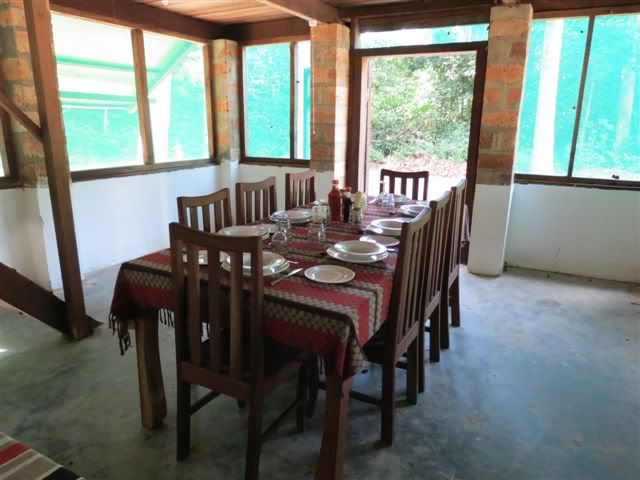
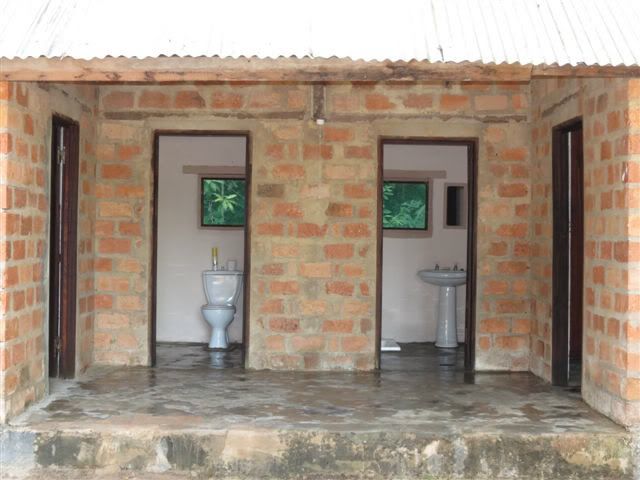
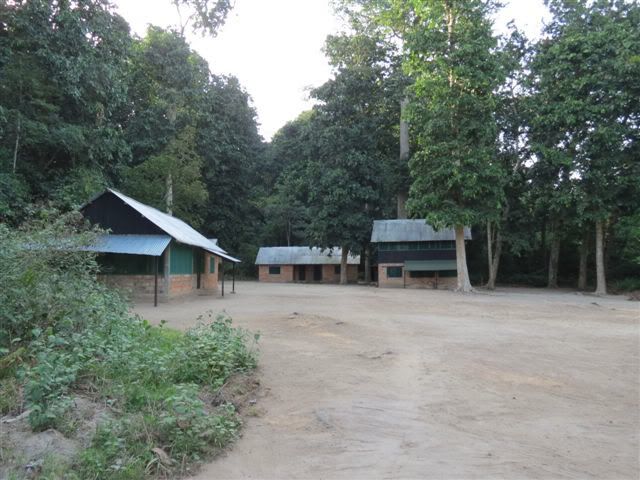
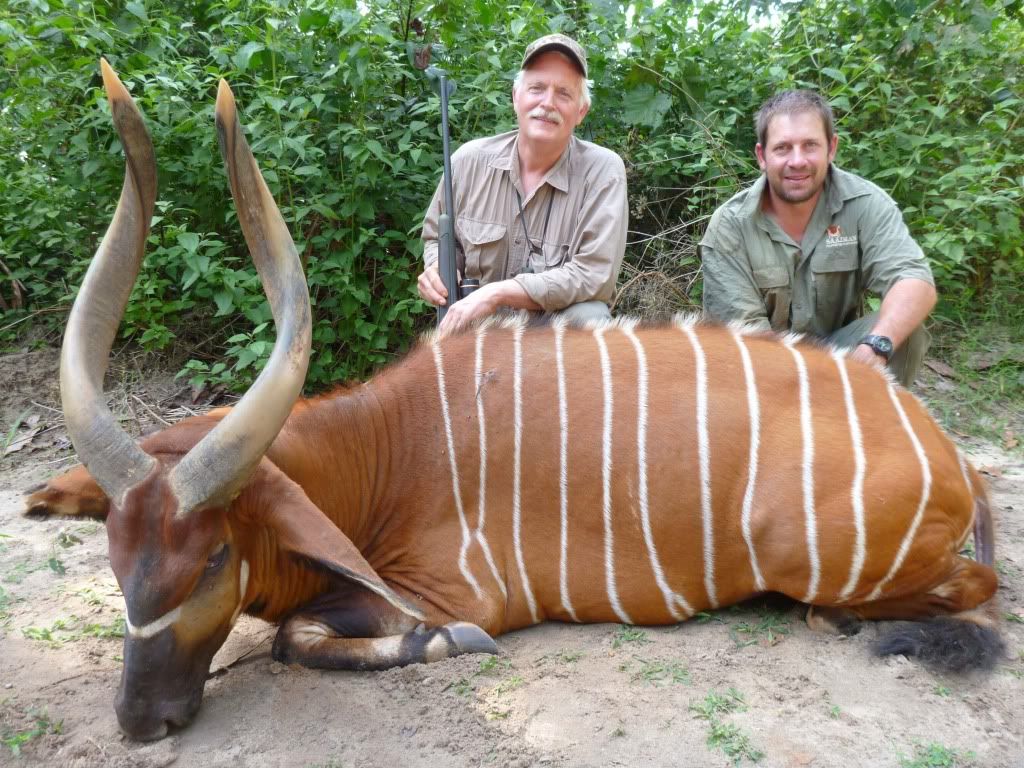
My PH Andre

Munyaka
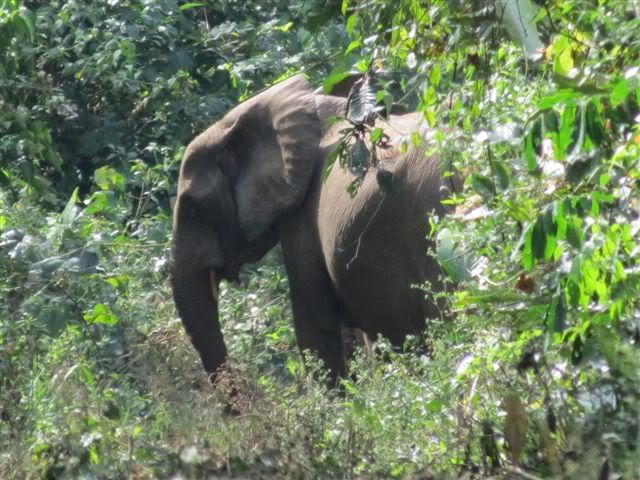
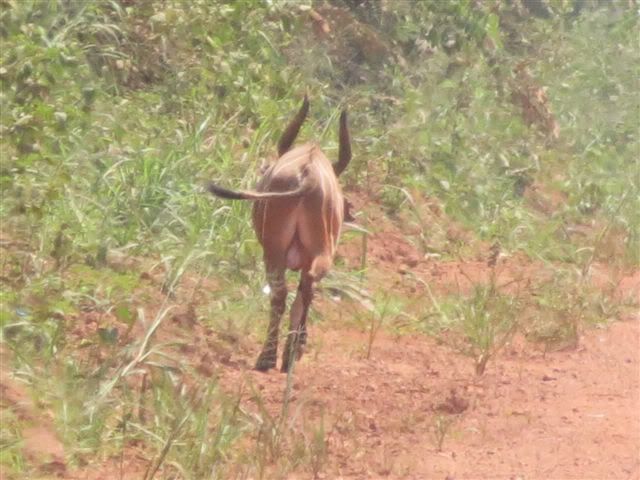
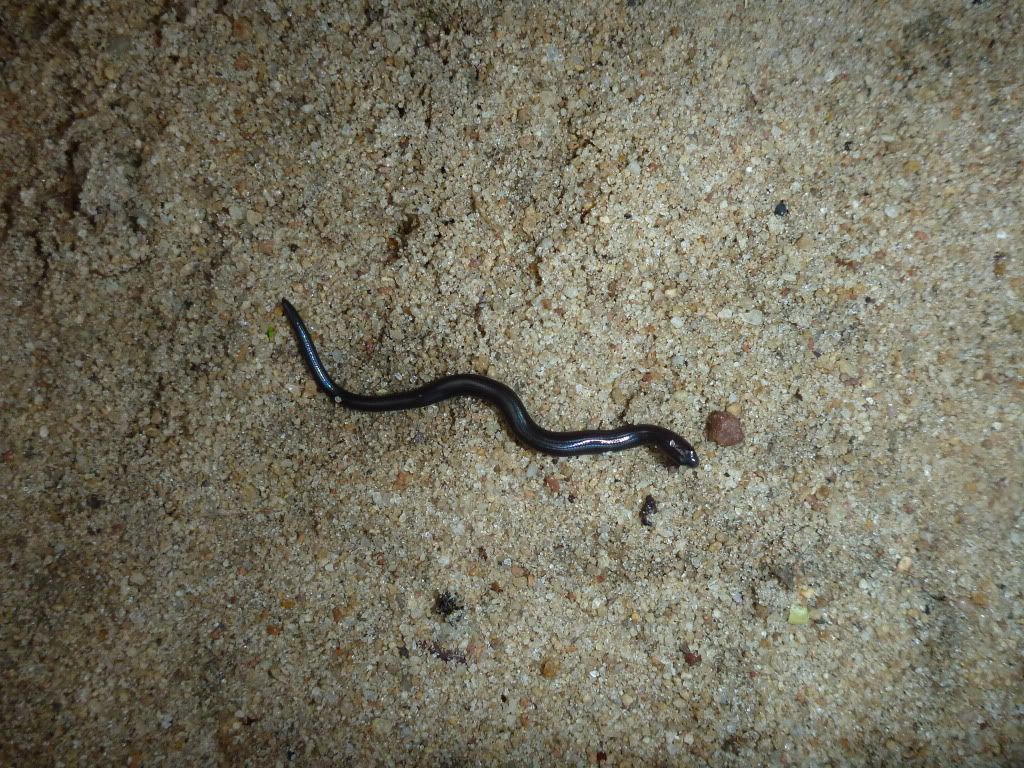
2" Mole Snake
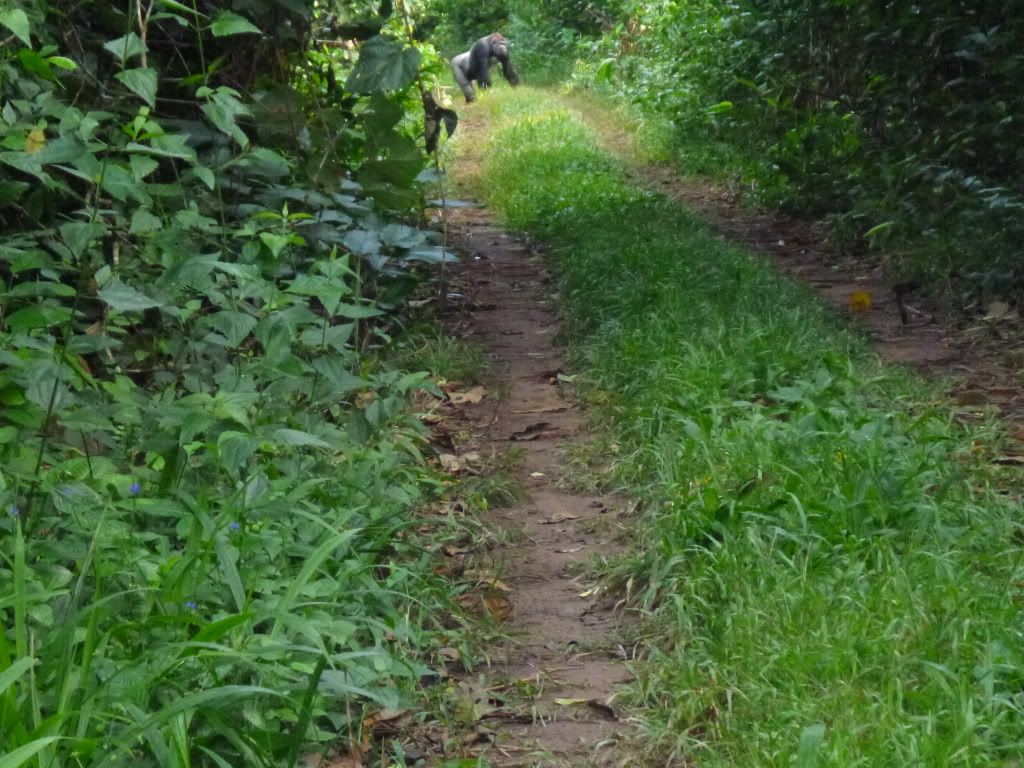
The Green Tunnel
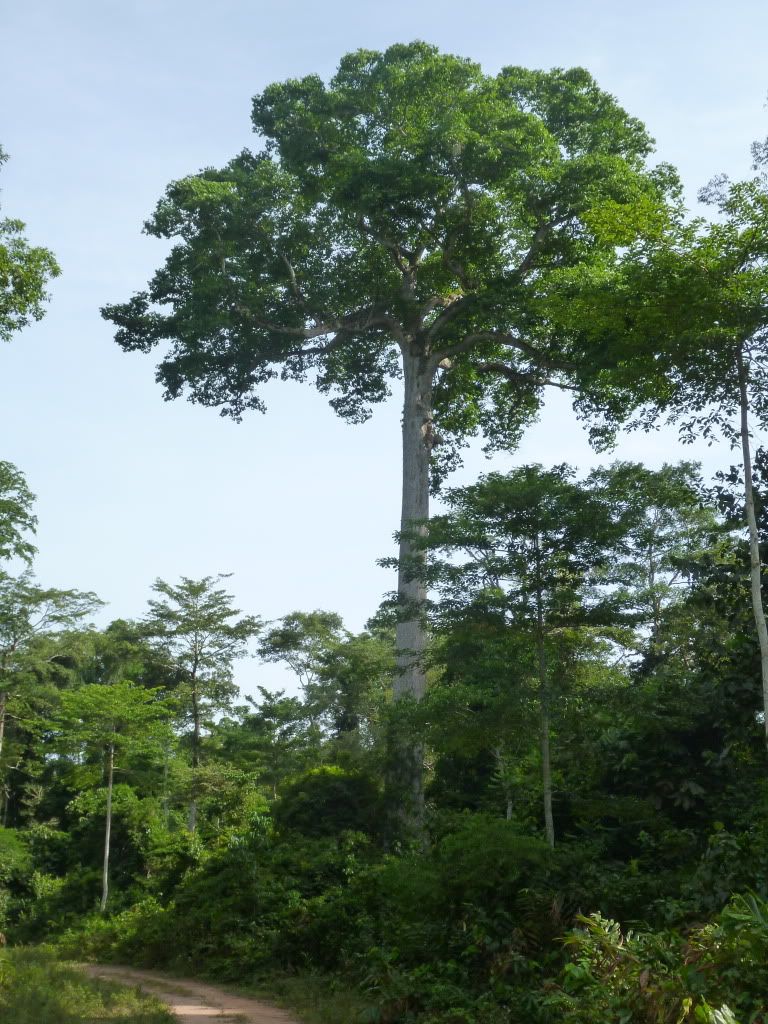
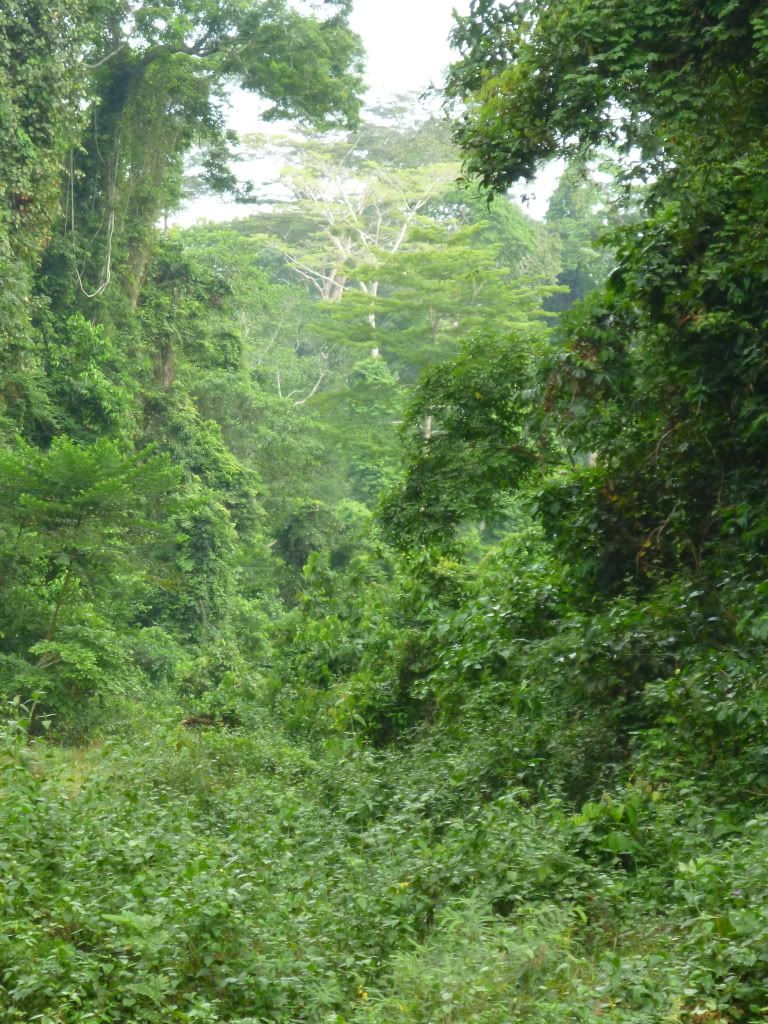
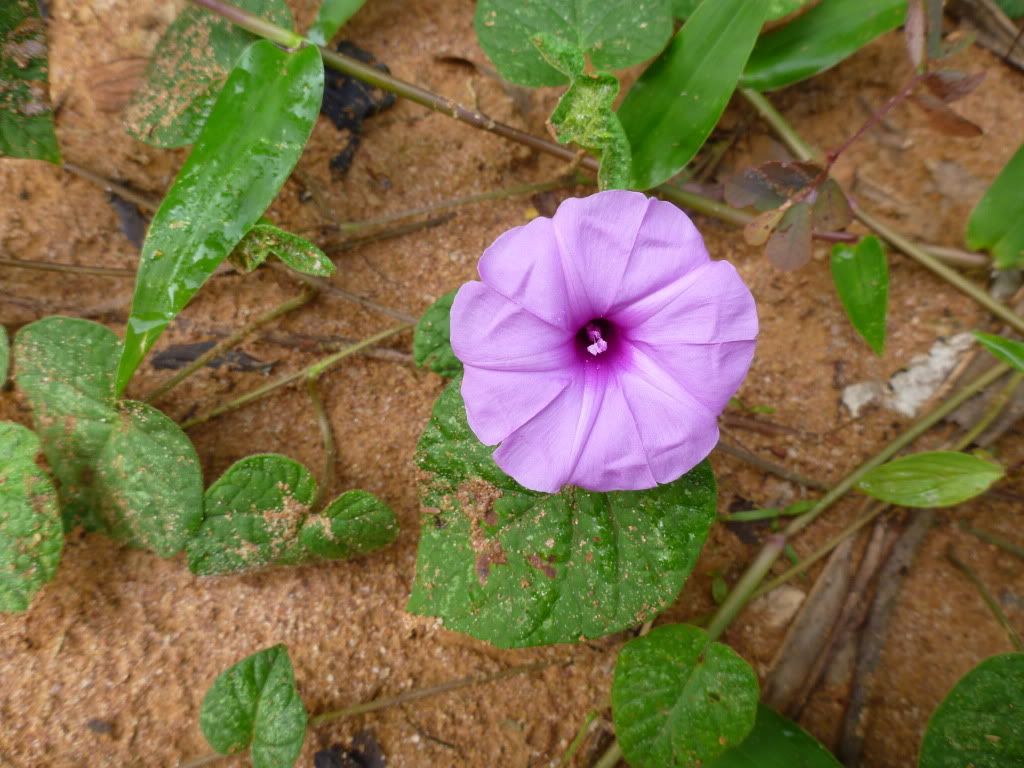
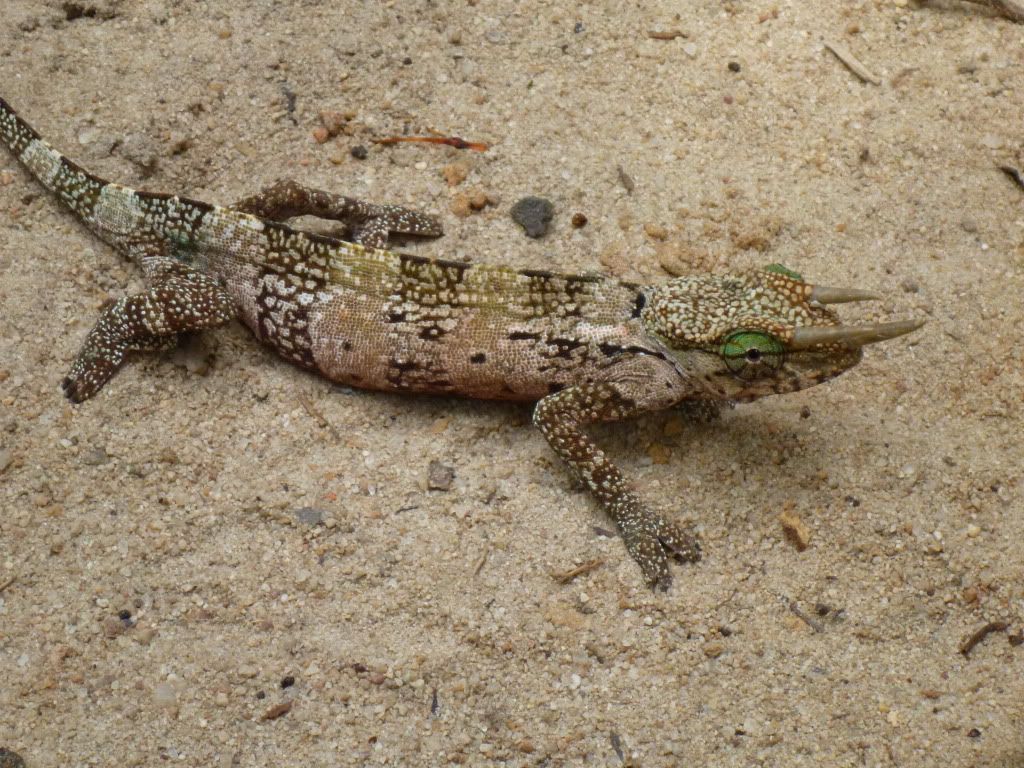
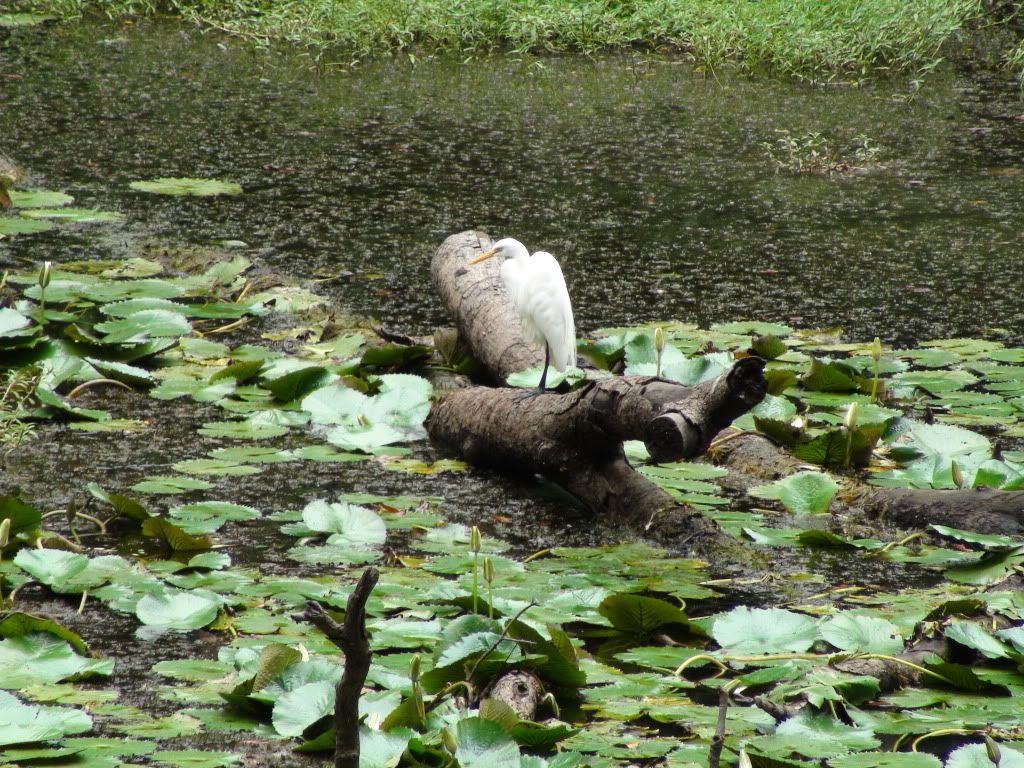
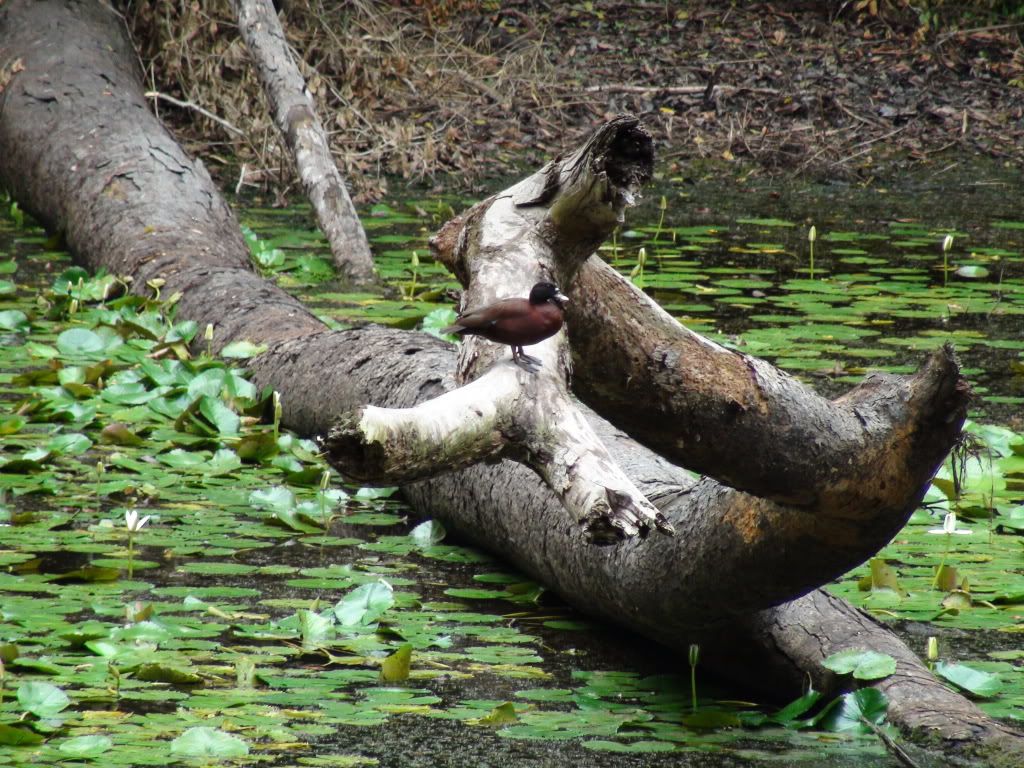
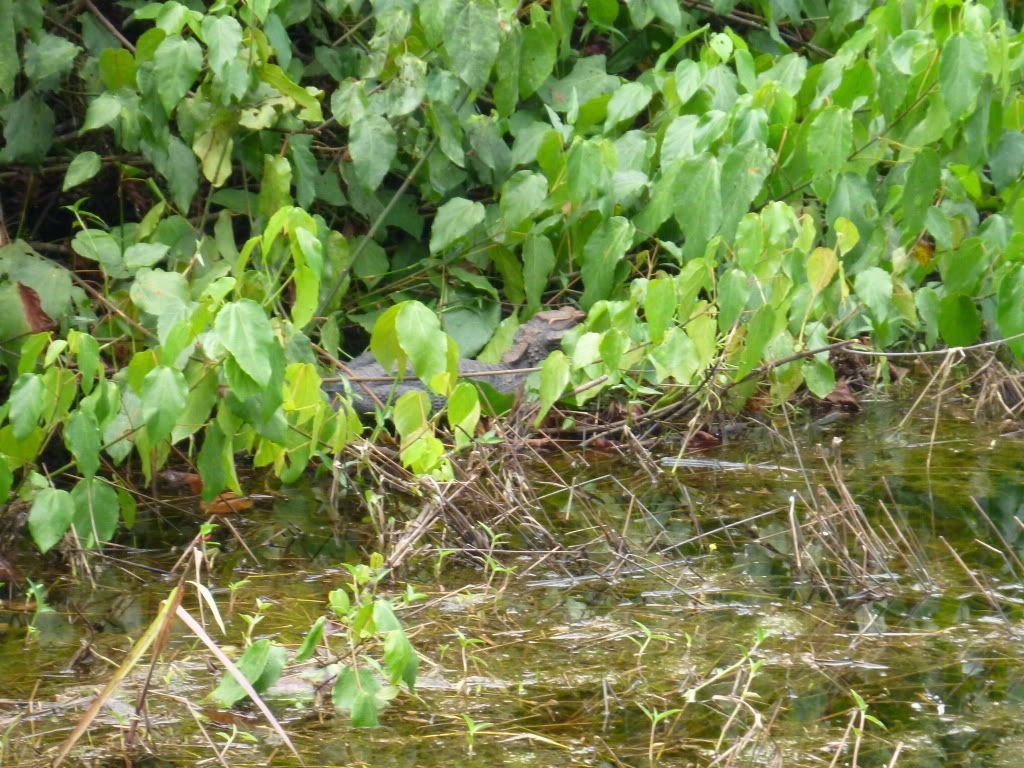
Pygmy croc - look closely
